In a recent interview on VladTV, Michael Corleone Blanco, the son of the infamous Griselda Blanco, shared a powerful insight that resonated with many listeners. He said, “The truth is sometimes people like to glamorize what they couldn’t live in real life!” This statement holds true across various aspects of our society, particularly in the entertainment industry, where rappers and entertainers often portray a lifestyle they have never experienced firsthand.
Blanco’s words carry significant weight, considering his unique perspective as someone who has witnessed the reality of the criminal underworld firsthand. Growing up as the son of Griselda Blanco, also known as the “Godmother of Cocaine,” Michael Corleone Blanco has seen the devastating consequences of the drug trade and the violence that accompanies it. His mother’s notorious reign as a drug lord in the 1970s and 1980s has been the subject of numerous books, documentaries, and even a feature film, “Cocaine Godmother,” starring Catherine Zeta-Jones.
Despite his proximity to the criminal lifestyle, Michael Corleone Blanco has chosen a different path. He has become an advocate for truth and authenticity, using his platform to shed light on the realities of the world he grew up in. His statement about people glamorizing what they can’t live serves as a powerful reminder of the disconnect between reality and fiction, particularly in the entertainment industry.
The Allure of the Unattainable
Why Do People Glamorize What They Can’t Have?
Human nature often drives us to desire what we cannot have. This phenomenon is known as the “grass is always greener” syndrome. People tend to romanticize and idealize situations, lifestyles, or experiences that are out of their reach. This psychological tendency can be attributed to several factors:
- Escapism
- Curiosity
- Dissatisfaction with one’s current reality
- The thrill of the unknown
| Factor | Description |
|---|---|
| Escapism | People seek to escape their everyday lives by immersing themselves in a fantasy world. |
| Curiosity | The unknown and the unfamiliar pique our curiosity and draw us in. |
| Dissatisfaction | When individuals are unhappy with their current circumstances, they may look to alternative lifestyles for fulfillment. |
| Thrill of the Unknown | The excitement and adrenaline rush associated with exploring uncharted territories can be alluring. |
Escapism, in particular, plays a significant role in the glamorization of unattainable lifestyles. In a world where many people feel trapped by their daily routines and responsibilities, the idea of breaking free and living a life of adventure and excitement can be incredibly appealing. This desire for escape is often fueled by a sense of dissatisfaction with one’s current reality.
Curiosity is another driving force behind the allure of the unattainable. As human beings, we are naturally drawn to the unknown and the unfamiliar. We seek out new experiences and perspectives, even if they are beyond our reach. This curiosity can lead us to romanticize lifestyles and experiences that we have never encountered firsthand.
The thrill of the unknown is closely tied to curiosity. The excitement and adrenaline rush associated with exploring uncharted territories can be incredibly alluring. This is particularly true for those who feel stuck in a mundane or predictable existence. The idea of breaking free and embracing the unknown can be a powerful motivator, even if the reality of that lifestyle is far different from the fantasy.
The Role of Media in Glamorizing the Unattainable
The media plays a significant role in perpetuating the glamorization of unattainable lifestyles. Through movies, TV shows, music videos, and social media, we are constantly bombarded with images and narratives that depict a life of luxury, danger, and excitement. These portrayals often lack the nuance and reality of the situations they represent, leading viewers to develop a skewed perception of what that lifestyle truly entails.
One of the most prominent examples of this phenomenon can be found in the portrayal of organized crime in popular media. Movies like “The Godfather,” “Goodfellas,” and “Scarface” have romanticized the gangster lifestyle, depicting it as a world of power, wealth, and respect. These films often gloss over the brutal realities of the criminal underworld, including the violence, addiction, and destruction that accompany it.
Similarly, TV shows like “Narcos,” “Breaking Bad,” and “The Sopranos” have glamorized the drug trade and the criminal lifestyle, presenting it as a means to achieve wealth and power. While these shows may include some depictions of the negative consequences of this lifestyle, they often prioritize the thrill and excitement of the criminal underworld over the harsh realities.
Music videos and social media have also contributed to the glamorization of unattainable lifestyles. Rap videos, in particular, often feature images of luxury cars, expensive jewelry, and lavish parties, presenting a distorted view of success and happiness. Social media influencers and celebrities also contribute to this phenomenon, curating carefully crafted images of their lives that often bear little resemblance to reality.
The impact of these media portrayals on the public consciousness cannot be overstated. By presenting a glamorized and idealized version of certain lifestyles, the media creates a false sense of attainability and desirability. This can lead people to romanticize and seek out experiences that are ultimately harmful or destructive.
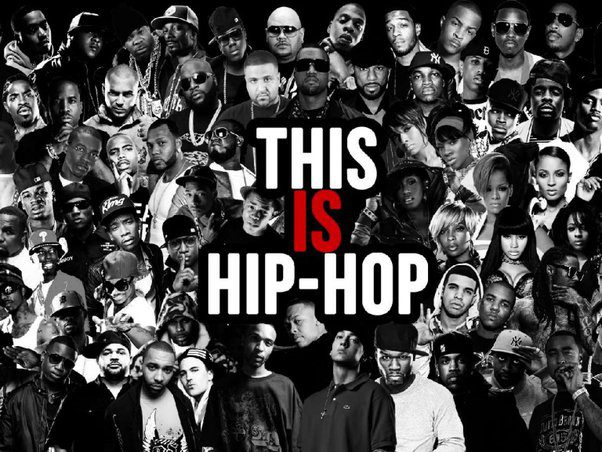
The Rapper’s Dilemma
The Pressure to Maintain a Facade
In the rap industry, there is an unspoken pressure to maintain a certain image and persona. Rappers often feel compelled to portray themselves as tough, street-smart, and experienced in the ways of the criminal underworld. This pressure stems from the genre’s roots in urban culture and the expectation that rappers should be authentic representations of their environment.
However, not all rappers have lived the life they depict in their music. Some may have grown up in more privileged circumstances or have never been involved in the criminal activities they rap about. This creates a dilemma for these artists, as they must choose between maintaining a false image or risking their credibility and marketability.
The pressure to maintain a facade is not limited to the rap industry. In fact, it is a common phenomenon across various entertainment fields. Actors, musicians, and even social media influencers often feel compelled to present a carefully crafted image to their audience, even if it does not reflect their true selves.
This pressure can be attributed to several factors, including:
- Industry expectations
- Audience demands
- The desire for success and recognition
- The fear of being labeled as “inauthentic” or “fake”
| Factor | Description |
|---|---|
| Industry Expectations | The entertainment industry often values a certain image or persona, and artists may feel pressure to conform to these expectations. |
| Audience Demands | Fans and consumers may have certain expectations of their favorite artists, and deviating from these expectations can be risky. |
| Desire for Success | The desire for success and recognition can lead artists to prioritize their image over their authenticity. |
| Fear of Being Labeled | Artists may fear being labeled as “inauthentic” or “fake” if they deviate from the image they have cultivated. |
The pressure to maintain a facade can be incredibly damaging to an artist’s mental health and well-being. It can lead to feelings of inauthenticity, anxiety, and even depression. It can also create a disconnect between the artist and their true self, leading to a sense of loneliness and isolation.
The Consequences of Glamorizing a Fictional Lifestyle
When rappers glamorize a lifestyle they have never lived, it can have serious consequences. Firstly, it perpetuates stereotypes and misconceptions about certain communities and cultures. By presenting a one-dimensional view of life in the streets, these rappers contribute to the marginalization and stigmatization of the very people they claim to represent.
This misrepresentation can have far-reaching effects on public perception and policy. When the general public is presented with a distorted view of certain communities, it can lead to a lack of empathy and understanding. This, in turn, can contribute to the perpetuation of harmful stereotypes and the implementation of misguided policies that further marginalize and oppress these communities.
Secondly, glamorizing a fictional lifestyle can have a negative impact on impressionable young fans. When young people are exposed to images of violence, drug use, and criminal activity being celebrated and glorified, it can influence their behavior and life choices. This is particularly concerning given the fact that many of these fans may not have the critical thinking skills to distinguish between reality and fiction.
Studies have shown that exposure to violent and criminal content in media can lead to increased aggressive behavior and desensitization to violence. This is especially true for young people, whose brains are still developing and are more susceptible to external influences.
Furthermore, the glamorization of drug use and criminal activity can lead to a normalization of these behaviors, making them seem more acceptable and even desirable. This can lead young people to engage in risky and harmful behaviors, with potentially devastating consequences.
The Entertainment Industry’s Responsibility
The Need for Authenticity
The entertainment industry has a responsibility to promote authenticity and to challenge the notion that glamorizing the unattainable is acceptable. This can be achieved through several means:
- Encouraging artists to be true to themselves and their experiences
- Providing platforms for diverse voices and perspectives
- Challenging stereotypes and promoting nuanced representations of different communities and cultures
- Educating audiences about the realities behind the fictional portrayals they consume
| Means of Promoting Authenticity | Description |
|---|---|
| Encouraging Authenticity | The industry should encourage artists to be true to themselves and their experiences, rather than conforming to a particular image or persona. |
| Providing Diverse Platforms | The industry should provide platforms for diverse voices and perspectives, allowing for a more nuanced and authentic representation of different communities and cultures. |
| Challenging Stereotypes | The industry should actively challenge stereotypes and promote nuanced representations of different communities and cultures, rather than perpetuating harmful and one-dimensional portrayals. |
| Educating Audiences | The industry should educate audiences about the realities behind the fictional portrayals they consume, promoting critical thinking and media literacy. |
By promoting authenticity, the entertainment industry can help to break down the barriers between reality and fiction, and encourage a more honest and meaningful dialogue about the issues that affect our society.
One example of how the industry can promote authenticity is by providing platforms for artists who are willing to share their true experiences and perspectives. This can include artists who have overcome adversity, who have lived in marginalized communities, or who have unique perspectives to share. By amplifying these voices, the industry can help to challenge stereotypes and promote a more nuanced understanding of different communities and cultures.
Another way the industry can promote authenticity is by actively challenging stereotypes and promoting nuanced representations of different communities and cultures. This can include hiring diverse writers, directors, and producers who can bring a range of perspectives and experiences to the table. It can also include investing in stories that challenge traditional narratives and promote empathy and understanding.
Finally, the industry has a responsibility to educate audiences about the realities behind the fictional portrayals they consume. This can include providing context and background information about the issues and communities being depicted, as well as promoting critical thinking and media literacy skills.
The Power of Storytelling
Despite the challenges posed by the glamorization of unattainable lifestyles, it is important to recognize the power of storytelling. When used responsibly, storytelling can be a tool for empowerment, education, and social change. By sharing their own experiences and perspectives, artists have the ability to connect with audiences on a deep and meaningful level, and to inspire positive change in their communities.
One example of the power of storytelling can be found in the work of rapper and activist Killer Mike. Through his music and activism, Killer Mike has used his platform to shed light on issues of police brutality, systemic racism, and economic inequality. He has also used his own experiences growing up in Atlanta to provide a nuanced and authentic portrayal of life in the black community.
Similarly, the work of filmmaker Ava DuVernay has used storytelling as a means of promoting social justice and challenging traditional narratives. Her films, including “Selma” and “13th,” have shed light on issues of racial injustice and mass incarceration, and have helped to promote a more nuanced understanding of these complex issues.
The power of storytelling lies in its ability to connect with audiences on an emotional level. By sharing their own experiences and perspectives, artists can help to build empathy and understanding, and to inspire audiences to take action in their own lives and communities.
However, it is important to recognize that not all storytelling is created equal. In order to be truly effective, storytelling must be authentic, nuanced, and responsible. It must avoid perpetuating harmful stereotypes or glamorizing unattainable lifestyles, and instead focus on promoting understanding, empathy, and positive change.
Bottom Line
Michael Corleone Blanco’s statement about people glamorizing what they couldn’t live in real life is a poignant reminder of the disconnect between reality and fiction in our society. While the allure of the unattainable may be strong, it is important to recognize the consequences of perpetuating false narratives and stereotypes.
As individuals, we have the power to challenge these narratives and to demand authenticity from the media we consume. By supporting artists who are true to themselves and their experiences, we can help to create a more honest and meaningful dialogue about the issues that affect our world.
Ultimately, the truth may not always be glamorous, but it is always more valuable than a fiction that can never be lived. As Michael Corleone Blanco’s own life story demonstrates, the reality of the criminal underworld is far from the romanticized portrayal we often see in media. By embracing authenticity and nuance, we can begin to break down the barriers between reality and fiction, and work towards a more just and equitable society.
References
- VladTV Interview with Michael Corleone Blanco – Link to Interview
- The Grass is Always Greener Syndrome – Taylor Counseling Group
- The Impact of Media on Society – Wikipedia
- The Effects of Violent Media on Children – American Psychological Association Article
- Killer Mike’s Activism and Music – Spin
- Ava DuVernay’s Films and Activism – New York Times Article
Note: The views expressed in this blog post are the author’s personal opinions.






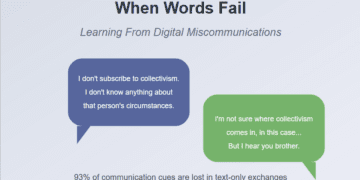






















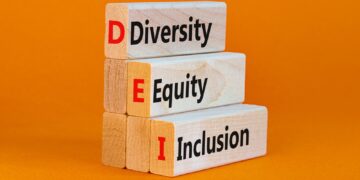

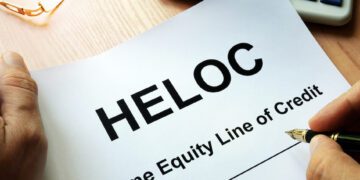









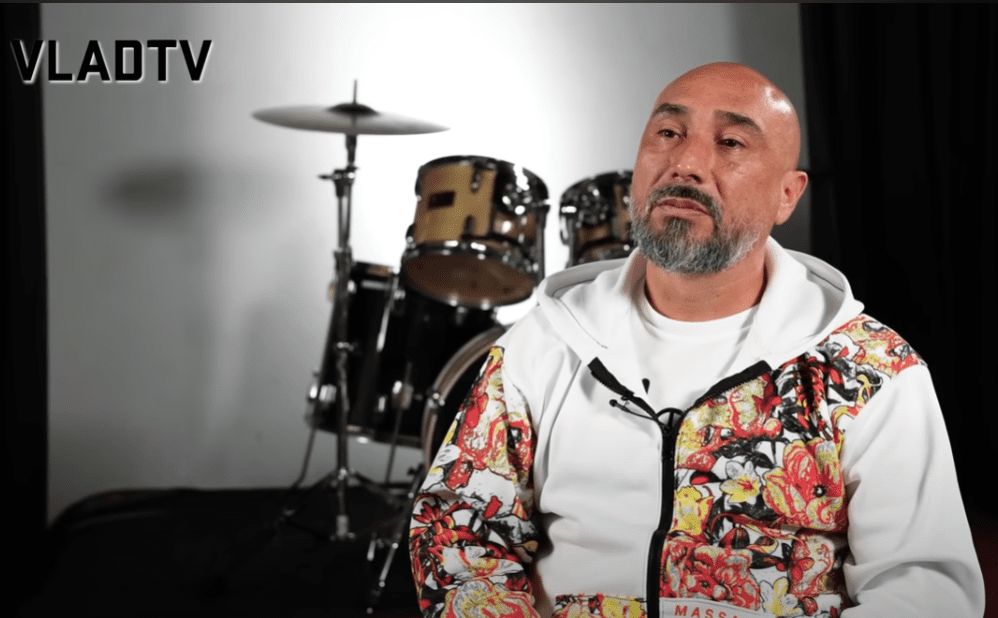





Your posts are always so well-written and thought out It’s evident that you put a lot of effort into each and every one